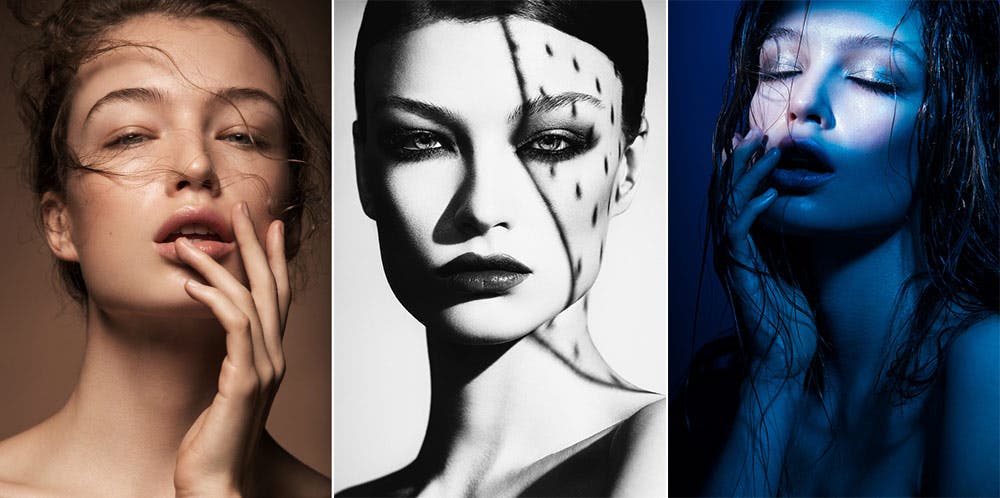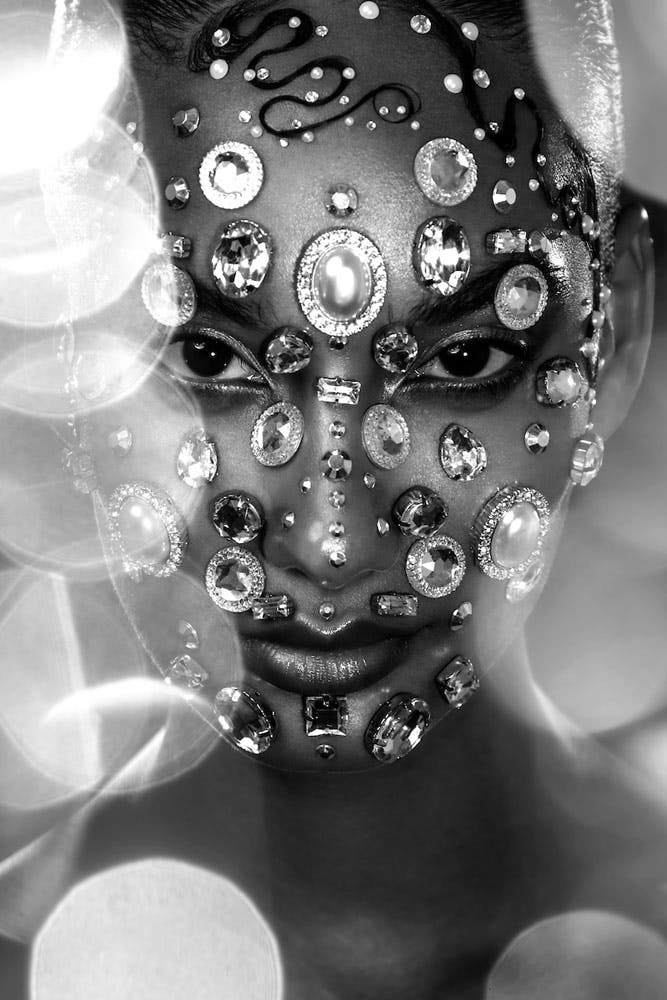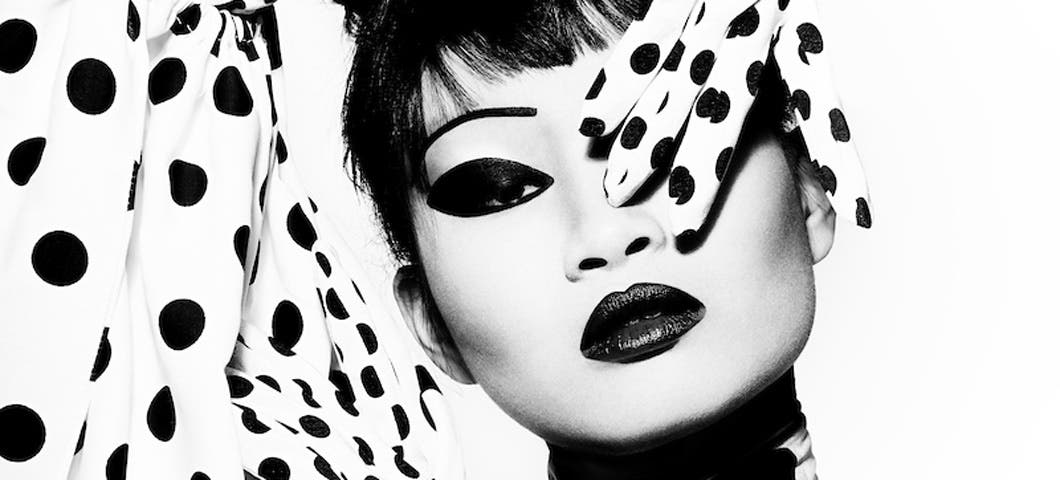Fashion photography is more than just photographing beautiful models in beautiful clothing. It is more than a particular lighting style or retouching technique. To create successful fashion imagery, you have to start with a concept, build a team, pay attention to details and to experiment.
I’d like to share my 5 tips for more successful photographs. It is not just about technique… it’s about your ideas supported by your technique!
1. Develop a concept and mood board

When creating a successful fashion image, you will want to dedicate the time and effort to develop a concept for your shoot. You can’t just “show up and hope for the best.”
Nearly every successful shoot begins with a concept. What is the story you are telling? How does the model feel? How should the viewer feel? What is the focal point or purpose of the image? When you know your purpose it makes it a lot easier to make creative decisions. Your purpose helps you to determine lighting, posing, wardrobe, hair and makeup, and more! With the most successful shoots, all elements work together.
Once you decide upon your concept, you’ll need to develop a mood board to act as a visual roadmap. A mood board is a collection of images (usually not your own) that helps to visually communicate the direction of the shoot. When you look at a mood board, the entire creative team can envision the end results and begin to plan their contribution to the shoot.
The three images shown above are photographs from my recent polkadot editorial. The concept was to create photographs that were graphic black and white images that appeared almost like illustrations. The mood board I created reflected this idea and allowed the stylist to prepare the perfect wardrobe for this shoot.
2. Build a creative team

Working with a strong creative team is the backbone of most successful fashion shoots. A creative team consists of all of the artists that collaborate with one another to create the final product. This includes hair stylist, makeup wardrobe, wardrobe stylist, and anyone else that may be required for the concept (manicurist, set designer, etc).
Certainly not every shoot needs to be a huge production, yet often the execution and final product will be far superior when you work with other passionate professionals and artists that help bring your ideas to life. Sure, you can start as a “jack of all trades” on your own shoots, but eventually you’ll want to seek out other creatives to help elevate the level of your production.
Your creative team will also be helpful as your grow your business. They help to expand your network, introduce you to potential clients, and watch for opportunities in the industry.
This beauty image would not have been possible without a talented makeup artist to execute the concept, inspired by the geometric and graphic artwork of Mondrian. Her knowledge of the artist and ability to execute the concept (with a combination of makeup, tape and paint) really gave this image life.
3. Select lighting to tell your story

Believe it or not, there is no such thing as the “best lighting.” The lighting you choose should always support the mood and purpose of your image. Neither natural light nor studio lighting is “better.” Neither soft light nor hard light, or broad light or short light are inherently “superior.”
If the mood is meant to be ethereal and dream-like, you wouldn’t want to use an image with hard light and a lot of shadows. Instead, selecting more high key lighting and a softer light source will likely better communicate the goals of your image.
The three headshots above were all taken within a couple of hours of one another on a beauty shoot, all of the same model with the same makeup artist! Each image conveys a completely different mood and story that is greatly enhanced by the control of lighting. The light in each image makes the viewer feel a different way and allows us to concentrate on different elements of the shot.
4. Remember, it is all within your control

When it comes to fashion photography, you have control of every element in the frame. You control the lighting, the pose, the background, the colors, the clothing… you name it, it’s up to you.
If there is a wrinkle in the clothing, fix it. If the hair is falling the wrong way, make a change. You have to pay careful attention to details and only show what is important to communicate your idea. People see your results, not your excuses.
If there is something distracting in your background you must remove it, recompose, or choose a wider aperture. This is why it is important to have the right gear and knowledge — your tools, paired with your expertise, give you control to express your ideas. Nothing should be “by accident.”
The image you see above was created on a busy street in NYC. The background consisted of construction, large trucks, garbage, and more. By choosing a narrow depth of field, black and white (to remove color distractions) the background was simplified. Furthermore, I placed the subject in the sun. This helped to make her stand out from the distracting background even more.
5. Try in-camera creative effects

You can achieve cinematic and creative effects without relying on Photoshop. For many years, I would experiment by holding prisms, pieces of glass, and other tools in front of my lens to add lens flare or other fun distortions. Rules are meant to be broken. Sometimes the beauty is in the imperfections.
Today, several companies provide filters and tools that help you explore this element of creativity. Fractal Filters and Lensbaby Omni are two excellent tools to get you breaking free of the expected!
In the photograph above, I used the Lensbaby Omni to create the bokeh/prism effect in camera.
What else you need to know:
After spending more than a decade in NYC shooting fashion, I’ve learned that a great image is almost always preceded by a great idea and preparation. When you first start in fashion photography you are often just making “photos of pretty people.” Take the time to develop a team and a vision to create images that are fashion photographs and art.






